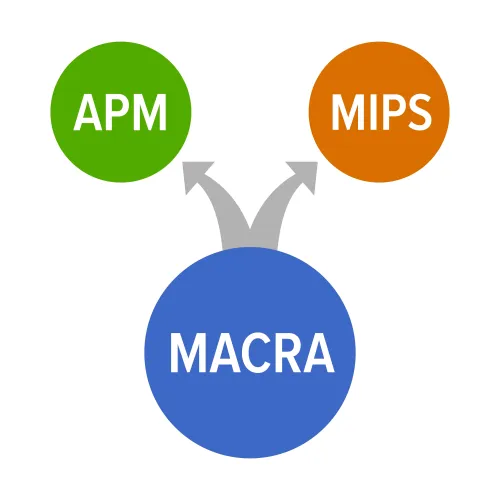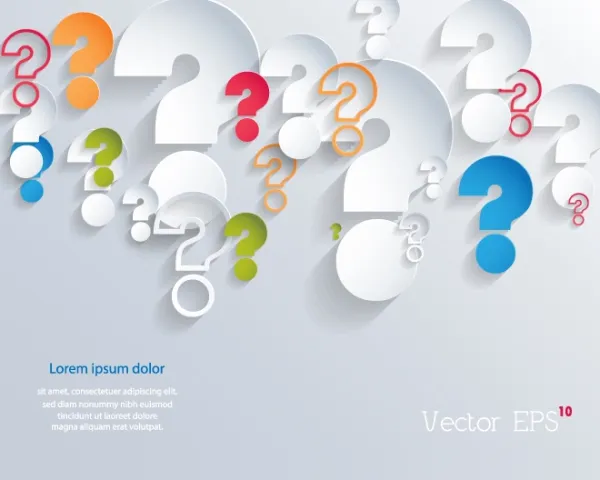ICD-10: Review 3 Scenarios to Strengthen Your Sequencing Smarts
Tip: Crosscheck the ICD-10 guidelines and notes. Correct sequencing of ICD-10 codes can be challenging for even the most seasoned coder. Check out three scenarios where proper sequencing can be taxing, along with some expert tips for getting it right every time. Know How to Use the Guidelines Alongside the Patient Documentation Scenario 1: A patient is diagnosed with bronchopneumonia and influenza A virus. The patient has a history of tobacco dependence and currently lives with a smoker. In this scenario, there are two distinct diagnoses to code, and instructions on which order to report them in can be found right in ICD-10. When you find J18.0 (Bronchopneumonia, unspecified organism), you’ll notice a Code first alert under the main category that tells you to code the influenza first. The chapter guidelines also list several applicable options in the Use additional code note, which you’ll code second when documentation supports doing so. “Everything needs to be read together. There is no such thing as remembering everything and knowing what to code without looking at the notes and the guidelines,” advised Sharon J. Oliver, CPC, CDEO, CPMA, CRC, AAPC Approved Instructor, coding consultant and owner of Medical Coding & Consultants in Jonesborough, Tennessee, at the beginning of her HEALTHCON 2022 presentation “Who’s On First — What’s On Second — I Don’t Know On Third.” Clean claim: Code first J09.X1 (Influenza due to identified novel influenza A virus with pneumonia), followed by J18.0. You’ll also need to code Z87.891 (Personal history of nicotine dependence) and Z77.22 (Contact with and (suspected) exposure to environmental tobacco smoke (acute)(chronic)) to complete the claim for this patient. Expert tip 1: To accurately sequence conditions with underlying causes, remember the following: ICD-10-CM Official Guidelines, Section 1.A.13, states “ICD-10-CM has a coding convention that requires the underlying condition be sequenced first, if applicable, followed by the manifestation. Wherever such a combination exists, there is a ‘use additional code’ note at the etiology code, and a ‘code first’ note at the manifestation code.” Respect the ‘With’ Guideline Scenario 2: A physician examines a patient and diagnoses hypertension and stage 3a chronic kidney disease (CKD). The physician has not made a note about whether these conditions are related. Coding I10 (Essential (primary) hypertension) is a common default code, but understanding the conditions involved and searching the official guidelines will help you code correctly. High blood pressure can constrict the blood vessels in the kidneys, reducing blood flow. It’s one of the leading causes of CKD, which makes the hypertensive disease the primary condition in this scenario. To help you properly sequence codes, guideline I.C.9.a explains that the classification of hypertension “presumes a causal relationship between hypertension and … kidney involvement, as the two conditions are linked by the term ‘with’ in the Alphabetic Index. These conditions should be coded as related even in the absence of provider documentation explicitly linking them, unless the documentation clearly states the conditions are unrelated.” That brings you to I12.9 (Hypertensive chronic kidney disease with stage 1 through stage 4 chronic kidney disease, or unspecified chronic kidney disease). Also pay attention to the Use additional code note to identify the stage of chronic kidney disease (N18.1-N18.4, N18.9). Referring to them as additional codes confirms that it’s appropriate to report them in a secondary position. Clean claim: First code I12.9, then N18.31 (Chronic kidney disease, stage 3a). Expert tip 2: “There are hundreds of conditions in the ICD-10-CM Alphabetic Index that link conditions using ‘with’ or ‘in.’ This is why it is important to check the index before you make a code selection,” says Kate Tierney, CPC-I, CPMA, CPC, CPC-P, CRC, COGC, CGSC, CEMC, CEDC, CBCS, CMAA, CICS, CHI, CEHRS, CPhT, national coding trainer for Optum RQNS in Highlands Ranch, Colorado. “Highlight the word ‘with’ in the index under the conditions you regularly code,” Tierney suggests. Understand Underlying Conditions, Adverse Reactions Scenario 3: A patient presents with a painful rash. The provider identified the problem as an allergic reaction to trimethoprim, the antibiotic she was previously prescribed for a urinary tract infection (UTI) following an ectopic pregnancy. The rash is the reason for the encounter, but the UTI is the underlying condition and has not resolved. Yet the ectopic pregnancy plays a key role in how to code this as well. A UTI due to an ectopic pregnancy is coded as O08.83 (Urinary tract infection following an ectopic and molar pregnancy), and the allergic reaction is a complication of the medication. This means guideline I.C.19.e.5.a comes into play. It tells you “when coding an adverse effect of a drug that has been correctly prescribed and properly administered, assign the appropriate code for the nature of the adverse effect followed by the appropriate code for the adverse effect of the drug (T36-T50).” This means in this case you code the adverse effect itself (such as the rash), followed by the appropriate adverse reaction code, T36.- (Poisoning by, adverse effect of and underdosing of systemic antibiotics), paying close attention to the required number of characters. Clean claim: Because the patient stopped treatment before the UTI was resolved, the UTI is still active. Therefore, first code O08.83 (Urinary tract infection following an ectopic and molar pregnancy), followed by L27.0 (Generalized skin eruption due to drugs and medicaments taken internally), then T36.1X5A (Adverse effect of cephalosporins and other beta-lactam antibiotics, initial encounter). Expert tip 3: “Tab your copy of ICD-10 with reminders. Often, instructions appear in one place, but aren’t repeated by each code,” said Oliver.





